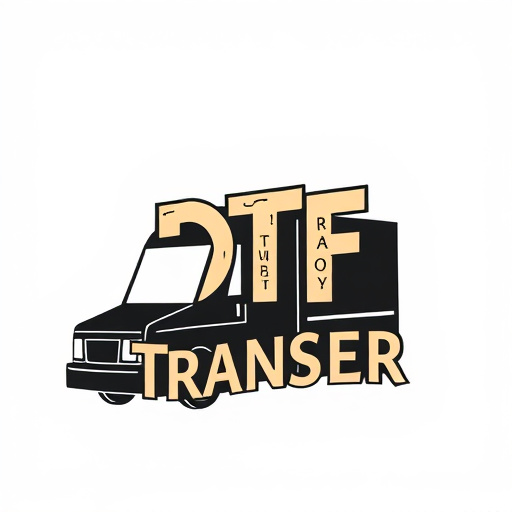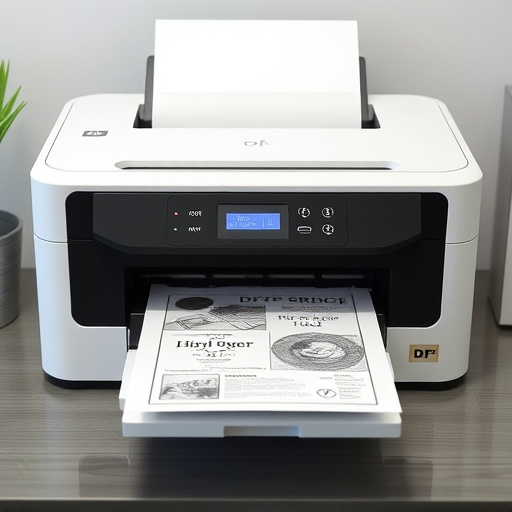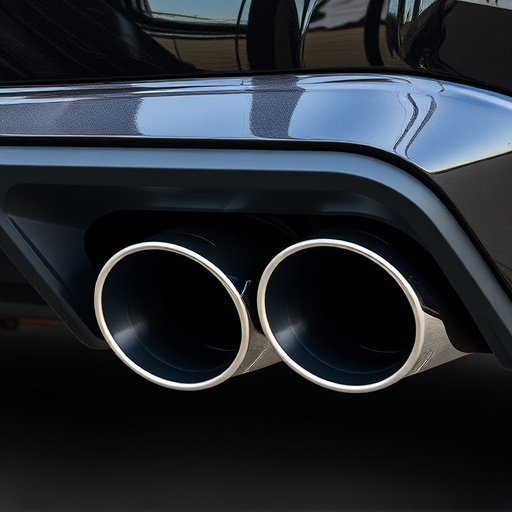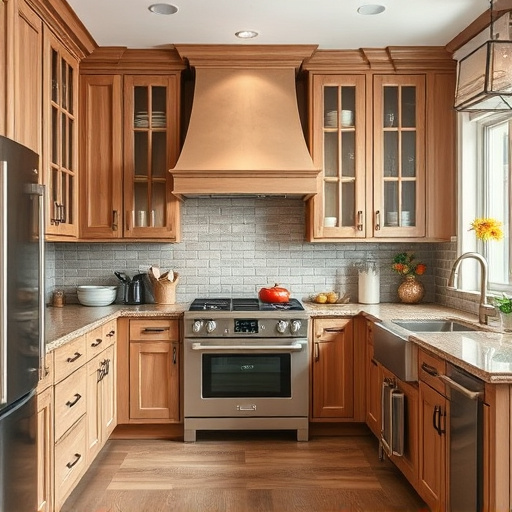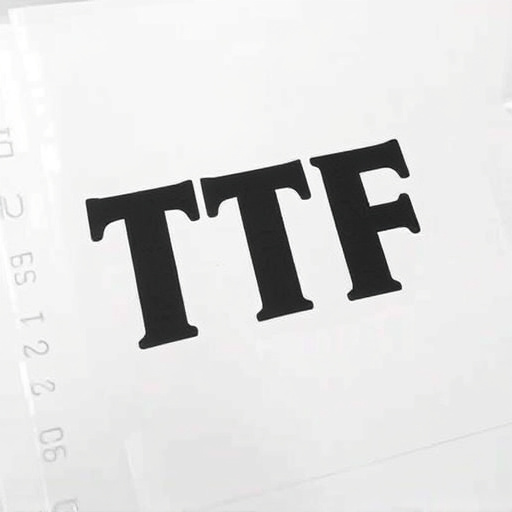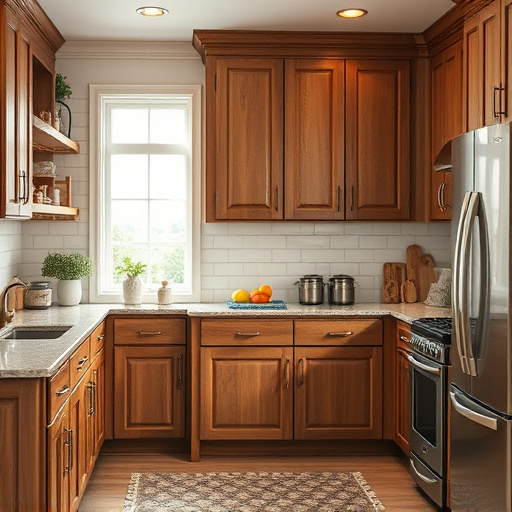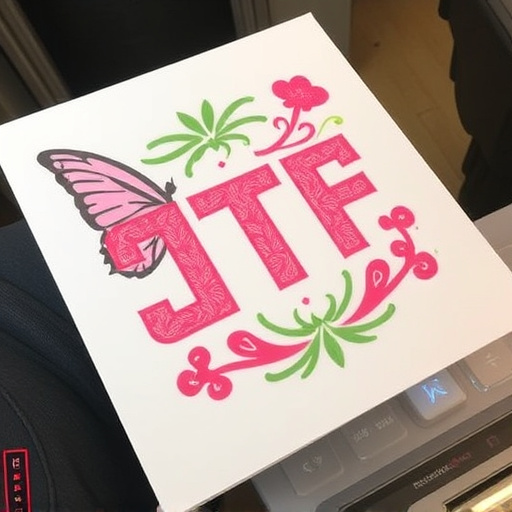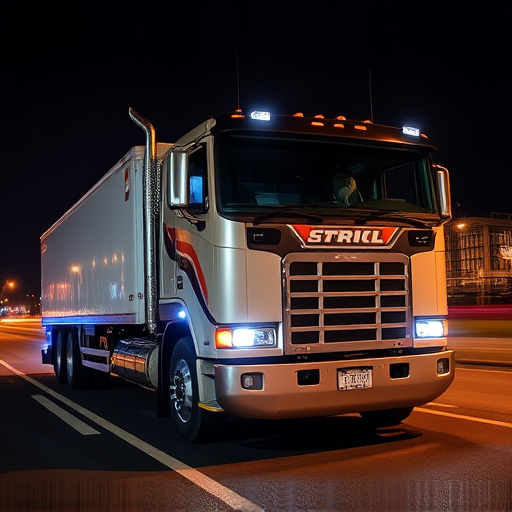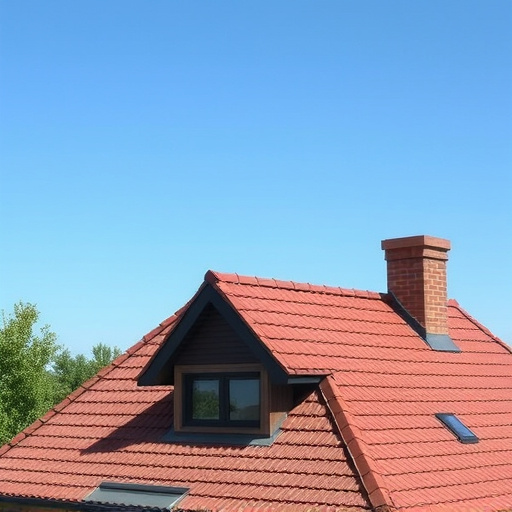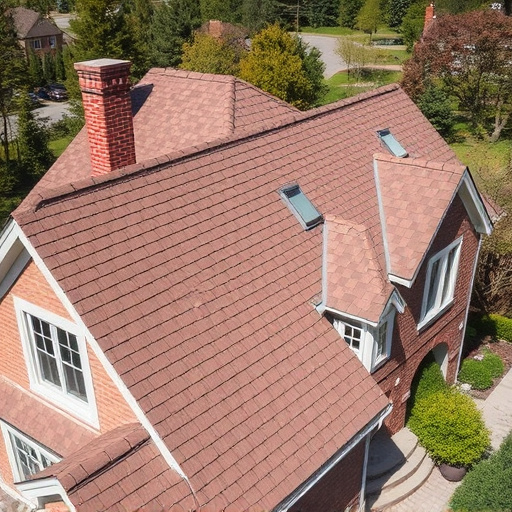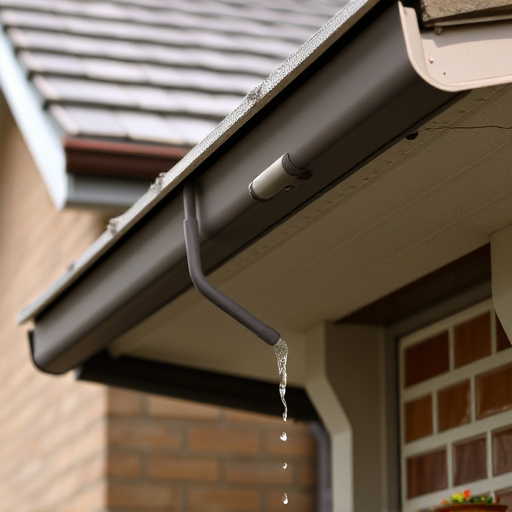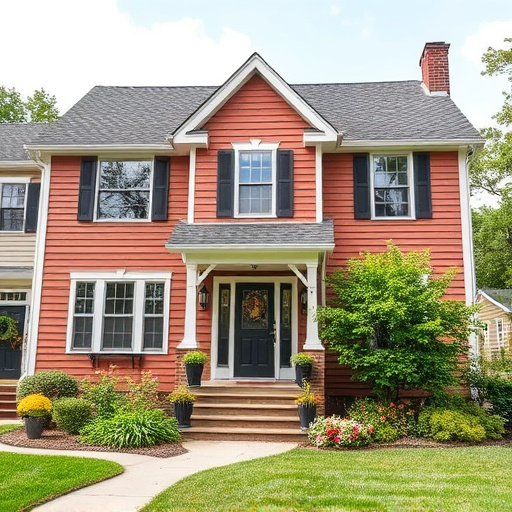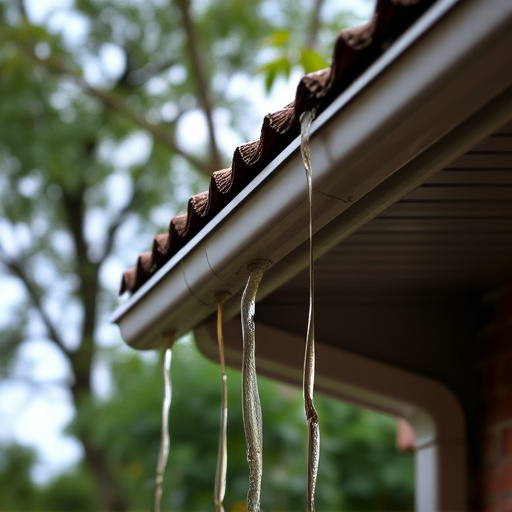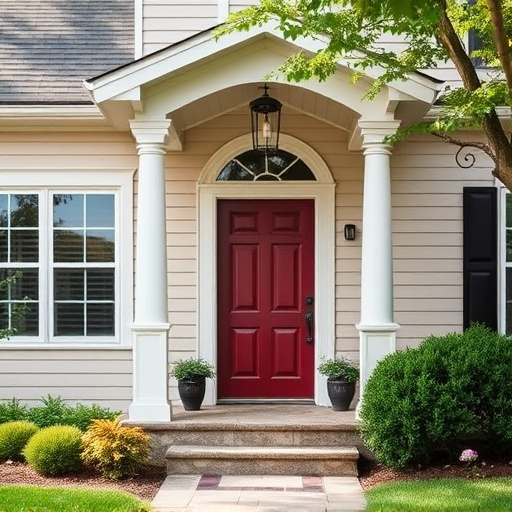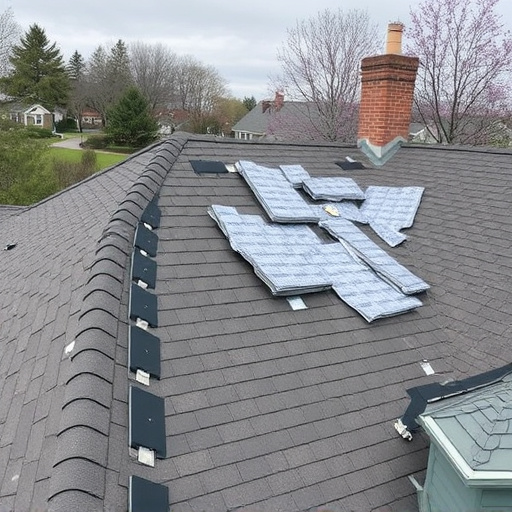Traditional vinyl siding remains popular due to affordability, ease of installation, low maintenance, and aesthetic options, but it lacks durability. Modern siding systems offer exceptional longevity, weather resistance, low maintenance, and energy efficiency, making them a cost-effective and convenient choice for homeowners. With customizable colors and styles, these systems enhance curb appeal and protect homes from extreme conditions, lasting decades and saving on utility bills.
Considering a new siding system for your home? This guide breaks down the pros and cons of popular materials—traditional vinyl, wood, and fiber cement. From longevity and cost-effectiveness to aesthetic appeal and energy efficiency, each option has its unique advantages and drawbacks. Learn how these factors can impact your decision and help you choose the best siding system for your needs.
- Traditional Vinyl Siding: Advantages and Disadvantages
- – Longevity and low maintenance
- – Wide range of colors and styles available
Traditional Vinyl Siding: Advantages and Disadvantages
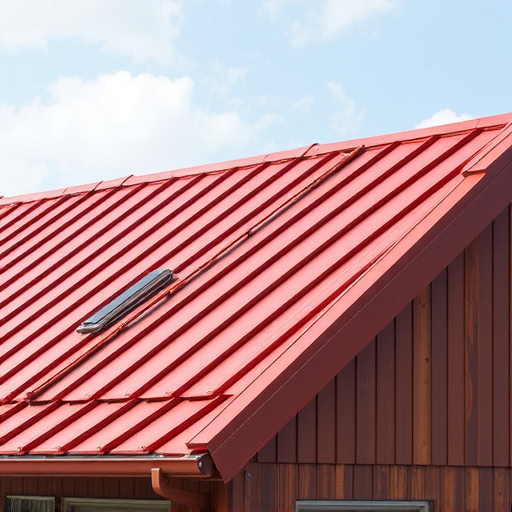
Traditional vinyl siding has long been a popular choice for residential and even commercial siding systems due to its accessibility and relatively low cost. Its advantages include ease of installation, requiring little maintenance besides periodic cleaning, and offering a wide range of styles to suit various architectural designs. Vinyl is also resistant to rot, rust, and pests, making it an attractive option for those looking to avoid the hassle and expense of frequent repairs or roof replacements.
However, there are notable disadvantages. Vinyl siding is known for its lack of durability; it can crack, warp, or become discolored over time due to exposure to extreme weather conditions or UV rays. This requires more frequent siding replacement compared to other materials, adding to the long-term cost. Moreover, while vinyl is relatively safe in terms of fire resistance, it may not provide the same level of insulation as other siding options, potentially impacting energy efficiency for commercial spaces.
– Longevity and low maintenance
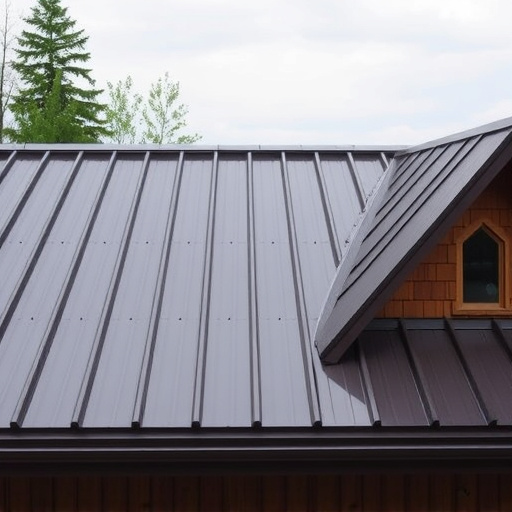
One of the most compelling aspects of modern siding systems is their remarkable longevity and low-maintenance requirements. Unlike traditional materials that may require frequent repairs or replacement, contemporary siding options are designed to withstand harsh weather conditions, including storms and extreme temperatures. This durability translates into significant cost savings over time, as homeowners can expect to avoid costly roof repair or storm damage repair expenses for years.
Moreover, the low-maintenance nature of these siding systems is a significant advantage, particularly for busy individuals who may not have the time or expertise for regular upkeep. Most modern sidings are easy to clean and can be maintained with simple tools and minimal effort. This efficiency not only saves time but also ensures that your property maintains an attractive appearance without requiring constant attention.
– Wide range of colors and styles available
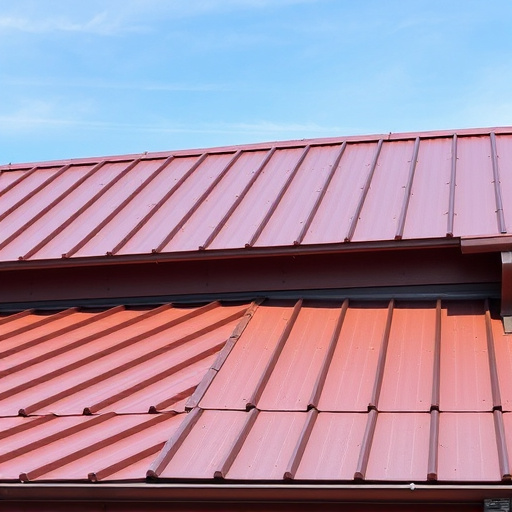
When it comes to enhancing your home’s curb appeal and protecting its structure, a versatile and popular choice is a siding system. One of the most attractive aspects of this option is the vast array of colors and styles available. Homeowners can find virtually any color or texture they desire, allowing them to customize their homes’ exteriors to match their unique tastes and architectural styles. From classic wood-like looks to modern metal finishes, the possibilities are endless. This level of customization not only ensures that your home stands out but also provides an opportunity for you to express your personal style.
Furthermore, a well-installed siding system offers more than just aesthetic benefits. It serves as a protective barrier against the elements, including extreme temperatures, heavy rainfall, and damaging UV rays. Properly maintained, these siding materials can last for decades, ensuring that your home remains secure and its value is preserved. Many siding options also come with innovative features that enhance energy efficiency, contributing to long-term savings on your utility bills, making it a practical choice for those seeking both style and substance in their home exterior services.
When considering a siding system for your home, understanding the pros and cons of popular materials is key. Vinyl siding stands out for its longevity and low-maintenance requirements, along with an extensive palette of colors and styles to suit various tastes. However, it may not offer the same level of insulation as other options. Other siding materials, such as fiber cement, provide superior thermal resistance, but they come with higher installation costs and maintenance demands. Ultimately, the best choice depends on your climate, budget, and personal aesthetic preferences.
